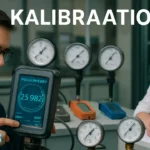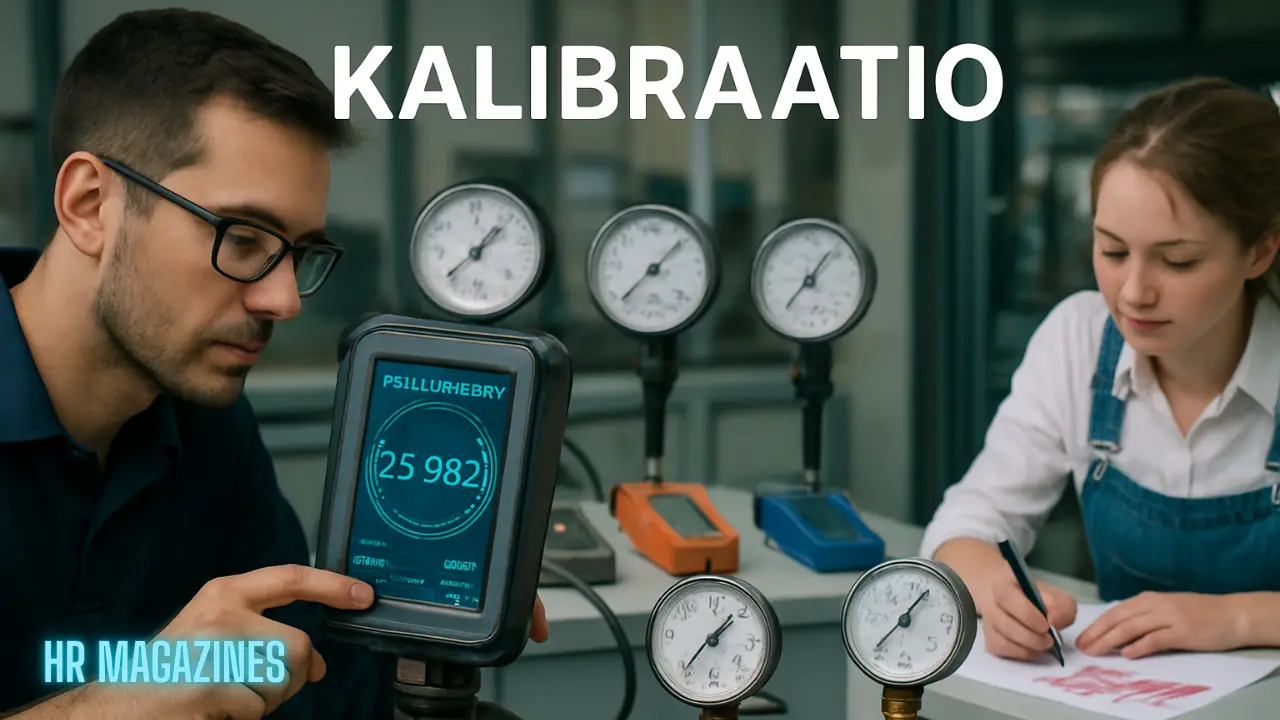Introduction to Kalibraatio
In today’s industries, accuracy and consistency are not optional—they are essential. This is where kalibraatio, also known as calibration, plays a vital role. It is the process of verifying and adjusting instruments to ensure their measurements are correct when compared with a known reference standard. Whether in healthcare, manufacturing, automotive, or environmental monitoring, kalibraatio ensures trust in every measurement and decision.
What Is Kalibraatio?
Kalibraatio is the comparison of a measuring instrument against a reference standard. If deviations are detected, the device is adjusted so that its readings remain within defined tolerances. Unlike simple verification, calibration actively corrects errors, ensuring the tool or instrument can be relied upon for accurate results in the future.
Why Kalibraatio Matters
Accuracy and Reliability
Without proper calibration, even the most advanced instruments can drift over time. Small inaccuracies in measurement may lead to defective products, wasted resources, or safety issues. Regular kalibraatio guarantees that data is trustworthy and consistent.
Compliance With Standards
Industries such as pharmaceuticals, aerospace, and food production operate under strict regulations. Kalibraatio ensures instruments meet ISO, FDA, or other industry-specific standards. This not only avoids penalties but also strengthens credibility during audits.
Cost Reduction and Efficiency
By investing in calibration, organizations save money in the long run. Accurate instruments reduce product recalls, minimize downtime, and improve workflow efficiency. Ultimately, regular kalibraatio contributes to higher customer satisfaction and profitability.
The Step-by-Step Process of Kalibraatio
Preparation
Instruments are first stabilized in controlled conditions. Factors like temperature, humidity, and cleanliness directly affect calibration accuracy.
Measurement and Comparison
The instrument’s readings are compared with a certified reference standard. This step highlights any deviations or errors.
Adjustment
If the readings fall outside acceptable tolerance levels, adjustments are made to bring the device back into alignment.
Documentation
Every calibration must be recorded in a certificate, which includes reference standards, conditions, and uncertainty values.
Verification
The last step ensures the device is functioning correctly after adjustments and is fit for accurate usage.
How Often Should Kalibraatio Be Performed?
The frequency of kalibraatio depends on several factors:
- Critical equipment – typically every 6 to 12 months.
- Heavy-use instruments – more frequent intervals may be required.
- Environmental conditions – harsh surroundings may shorten calibration intervals.
- Manufacturer guidelines – always provide a baseline schedule.
A risk-based approach helps organizations determine the ideal calibration interval for each instrument.
Accredited Kalibraatio and Its Value
Accredited calibration is performed by laboratories that meet international standards such as ISO/IEC 17025. Choosing accredited services ensures:
- Traceable results backed by certified references.
- Globally recognized calibration certificates.
- Peace of mind that instruments meet strict accuracy requirements.
For industries where safety and compliance are critical, accredited kalibraatio is the best choice.
Common Mistakes in Kalibraatio
- Skipping proper documentation of calibration results.
- Conducting calibration in unstable or uncontrolled environments.
- Ignoring small deviations, which can later lead to major errors.
- Assigning calibration tasks to unqualified personnel.
Avoiding these mistakes helps maintain consistent quality and extends the lifespan of measuring instruments.
Latest Trends in Kalibraatio
The field of calibration is evolving with technology. New trends include:
- IoT-based calibration systems that provide real-time monitoring.
- Predictive calibration using analytics to schedule service before failures occur.
- Remote verification tools that minimize downtime.
- Self-calibrating instruments that adjust automatically without human intervention.
These advancements make calibration faster, more accurate, and less disruptive to daily operations.
Applications of Kalibraatio in Different Industries
Healthcare
Medical devices like ECG machines, blood pressure monitors, and infusion pumps require precise calibration to protect patient safety.
Food and Beverage
Temperature sensors, pH meters, and weighing scales must be calibrated to comply with food safety standards and maintain product quality.
Environmental Monitoring
Air and water quality meters depend on kalibraatio to deliver accurate data for environmental protection.
Automotive and Aerospace
Torque tools, emission testing equipment, and navigation instruments demand the highest level of calibration to ensure safety and compliance.
Manufacturing
Measuring tools used in production and quality control must be regularly calibrated to guarantee consistency and minimize defects.
Risks of Neglecting Kalibraatio
Ignoring calibration can have serious consequences:
- Production errors leading to costly recalls.
- Regulatory penalties and failed audits.
- Safety hazards for workers and end users.
- Damage to brand reputation and loss of customer trust.
Skipping kalibraatio is a risk that no professional industry can afford.
Best Practices for Effective Kalibraatio
- Create a regular calibration schedule and use reminders or management software.
- Train staff on proper equipment handling and care.
- Store instruments in clean, stable environments.
- Always verify calibration certificates for traceability.
- Partner with accredited laboratories for critical instruments.
Following these practices ensures long-term accuracy and compliance.
Conclusion
Kalibraatio is not just a technical routine—it is a cornerstone of accuracy, safety, and efficiency in every industry. By following structured processes, avoiding common mistakes, and adopting best practices, organizations can build trust in their measurements and improve overall performance. In a world where precision matters, kalibraatio ensures that no detail is overlooked.
Frequently Asked Questions (FAQs)
1. What is kalibraatio?
Kalibraatio is the process of comparing and adjusting measuring instruments to ensure they match reference standards and provide accurate results.
2. How often should instruments undergo kalibraatio?
Most instruments should be calibrated every 6–12 months, but frequency depends on usage, environment, and manufacturer guidelines.
3. Which industries rely most on kalibraatio?
Industries such as healthcare, aerospace, automotive, food processing, and manufacturing depend heavily on calibration for safety and compliance.
4. Why is accredited kalibraatio better than non-accredited?
Accredited calibration meets international standards, provides traceable documentation, and guarantees globally recognized accuracy.
5. What are the risks of skipping kalibraatio?
Neglecting calibration can lead to inaccurate data, product recalls, regulatory fines, safety issues, and loss of customer trust.










